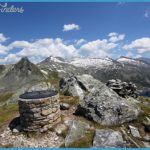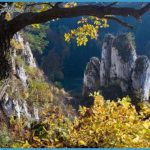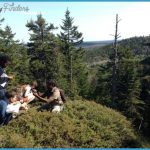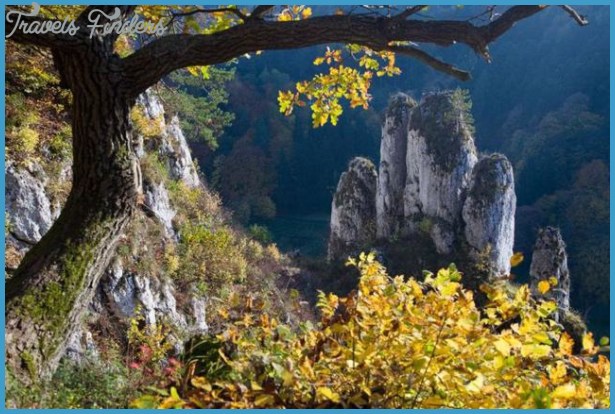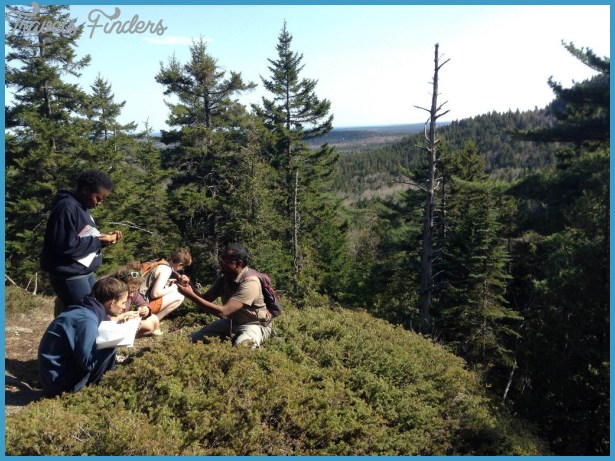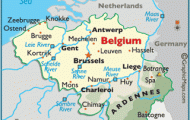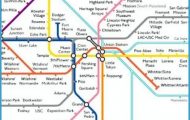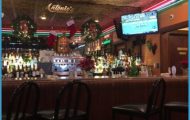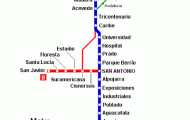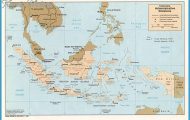At the junction of the Gibbon and Firehole rivers, members of the Washburn Expedition camped in September, 1870, after exploring much of what is now Yellowstone Park. In his reminiscences many years later, one of the expedition’s leaders, Nathaniel P. Langford, credited fellow expedition member Cornelius Hedges with originating the national park idea at that time and upon this spot. For a few years in the middle of the 20th century, an annual ant was held at Madison to reenact the story of the National Park idea. Historians now point out that Hedges was only one of several forward-thinking men (including Langford himself) who believed in preserving this area for the enjoyment of all future generations and preventing it from being divided up and commercially exploited. These men worked to persuade Congress and the American people to set aside this unique area as the first national park in the entire world.
There is no proof that this campfire conversation did not take place, but neither is there any proof that it did. Perhaps we should preserve this creation story as part of Yellowstone’s heritage. 0.4/16.6 Gibbon River Bridge. Look for bison (also called buffalo) in the wide meadow along the river, where a large herd often spends the summer. Bison may seem placid but can be dangerous if approached too closely. 0.6/16.4 Firehole Canyon Drive begins. This narrow road is now one way north to south, but until it was damaged during the 1959 Hebgen Lake earthquake, it was part of the Grand Loop Road. It’s about the same length as the newer main road and well worth taking. Firehole Canyon Drive NOTE: The mileage from the beginning Grand Loop Road mileage continues at Firehole Canyon Drive rejoins it.
(0.4) The small spring at the left was a favorite spot for refreshing oneself, but now Yellowstone’s water cannot be guaranteed safe for drinking. Near here occurred the last of five stagecoach robberies in the park. In July of 1915, one highwayman stopped five coaches and robbed passengers of some 200 dollars. One of the victims happened to be Bernard Baruch, statesman and advisor to U.S. presidents for nearly half a century. According to Jack Haynes’s booklet, Yellowstone Stage Holdups, Baruch later commented, It was the best 50 dollars I ever spent! The robber was never brought to justice. (0.7) As the road climbs away from the river, look for a rhyolite flow to the left. Rhyolite lava, a rock rich in silica, is commonly found in Yellowstone in the form of tuff or obsidian, and occasionally as pumice.

